Savile Row’s Master Tailors: Huntsman’s Dario Carnera
By Something CuratedAs a bespoke tailor incorporated with an equestrian wear workshop, Huntsman, founded in 1849 by Henry Huntsman, quickly gained a reputation for dressing the hunting and riding aristocracy of Europe for much of the nineteenth century, a specialism which became the foundation of the house. Today, Huntsman is owned by investor and bespoke enthusiast Pierre Lagrange and fields the largest in-house cutting team on Savile Row. 2016 sees the company open its first premises in New York, unique for a Savile Row house. Something Curated met up with Head Co-Cutter Dario Carnera at Huntsman’s West End site, to learn about his experiences working in the field, why Savile Row is so unique, and what the future holds for Huntsman.
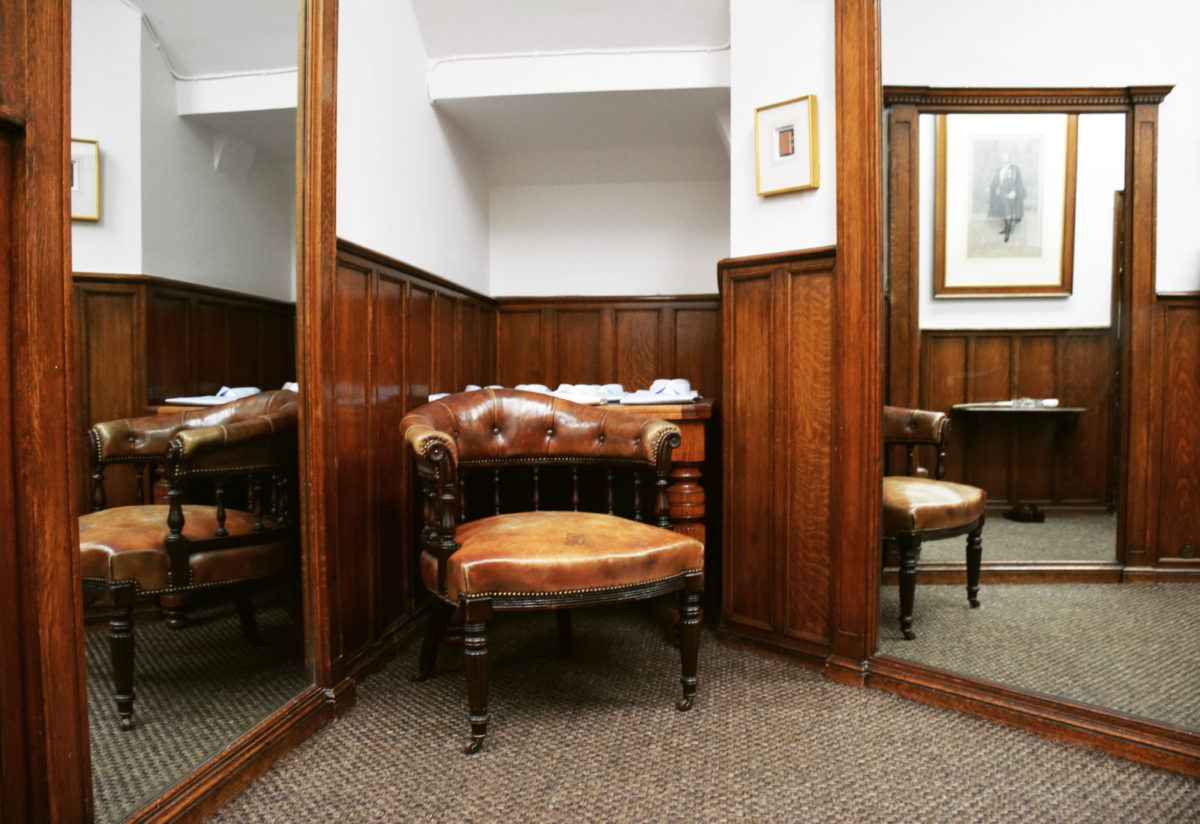
Something Curated: Could you tell us about what you do at Huntsman?
Dario Carnera: I’m the Co-Head Cutter. There are actually two Head Cutters here, myself and Campbell Carey. We share the duties, so we oversee all the suits that are being made in the company as well as cutting out the patterns and looking after customers.
SC: Could you talk to us about the history of the company?
DC: Huntsman was founded in 1849 by a chap called Henry Huntsman. He was, by trade, a breeches maker, so he used to make riding wear. That echoes in our style today. The single button front, the slight flare in the coat, cut quite close to the chest. That has followed through the years, the origins of the company. We moved into this shop in 1919 I believe, and we’ve been here ever since. It was originally based, I think, on New Bond Street or close to that anyway. Otherwise, our garments have been made on Savile Row for nearly 100 years now.
SC: Is there a particular ethos or style that the company is noted for?
DC: The history is really riding and sporting. We’re more known these days for our tweeds. We carry our own house tweeds, which we work very closely on with a mill up in Scotland. They’re generally a large repeat check. Some are quite bold, but they’ve always been popular. Every season or two we produce about five or six different variations of this check, and that will be the season’s design. We will make those only available as a Huntsman garment. You’ll see a lot of tweed around the place. We’ve been doing that for many years now. More recently we’ve been able to offer people the chance to design their own exclusive tweeds.
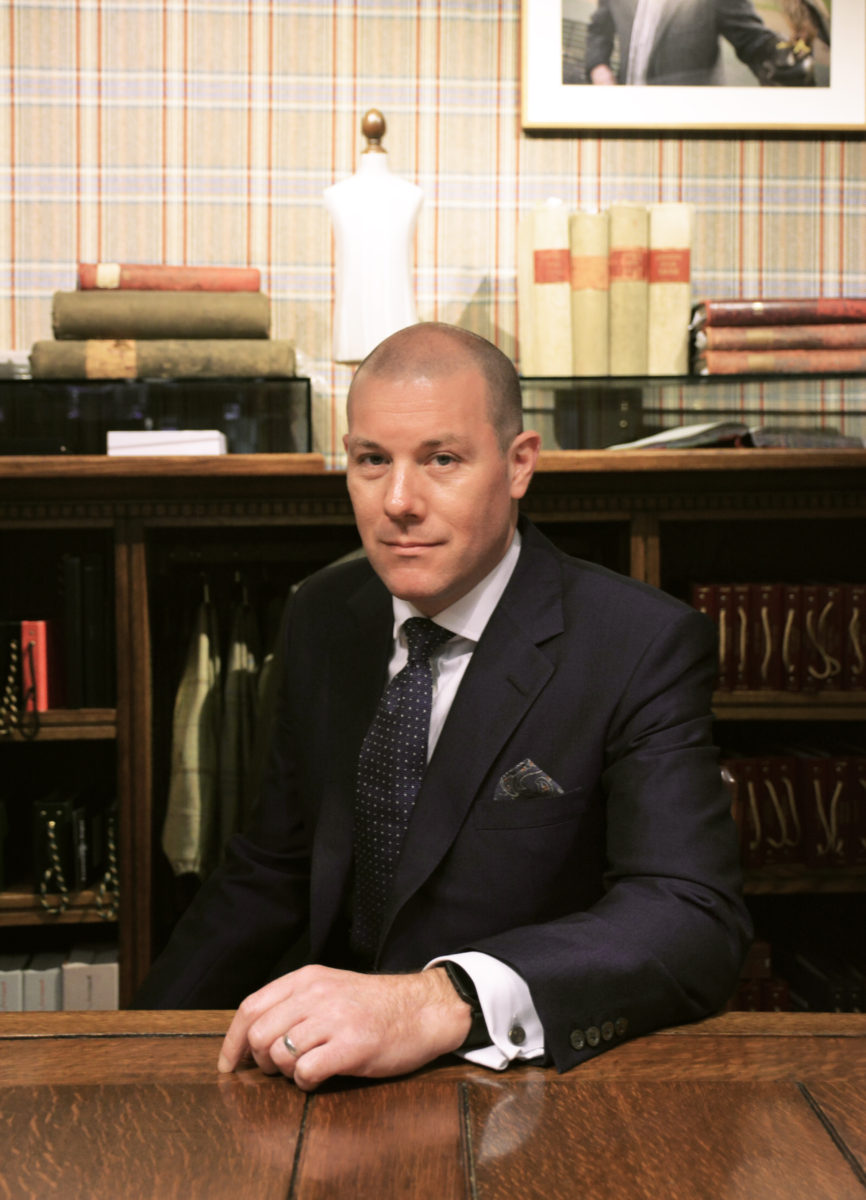
SC: What advice would you give someone who was considering buying a bespoke suit from Savile Row?
DC: Research is key. Bespoke suits, by definition, are personalised garments, so you can pretty much have what you like. As well as doing your research, it’s important for us to advise people because, through experience, we can talk about where they live in the world (because we deal with people all over the world), if it’s a warm climate, if they travel a lot; all of those things are taken into account. We consider their body shape, so what sort of style of suit would fit them. Not every style suits everybody. It’s dealing with someone as an individual and making an individual garment for them.
SC: Is there somebody who has inspired you?
DC: In Huntsman, we had a legendary cutter for a number of years called Colin Hammick. He was an impeccably dressed man. I still see a lot of evidence of his work; a lot of garments that he made have been brought back for us to see as well. They’re all very well made. He was very much a mentor for me, something to aspire to.
SC: Why do you think Huntsman have successfully run for so long, faced with growing competition and change in the industry?
DC: Key for us is just sticking to what you do best and sticking with your core pieces. Styles change and fashions change, but even now we would advise people, because our garments are made to last so long, to almost disregard fashion and develop their own style so it doesn’t date. You might follow a trend for a short coat, skinny lapels but in five or ten years time that’s going to be irrelevant. We try to keep it very classic in styling.
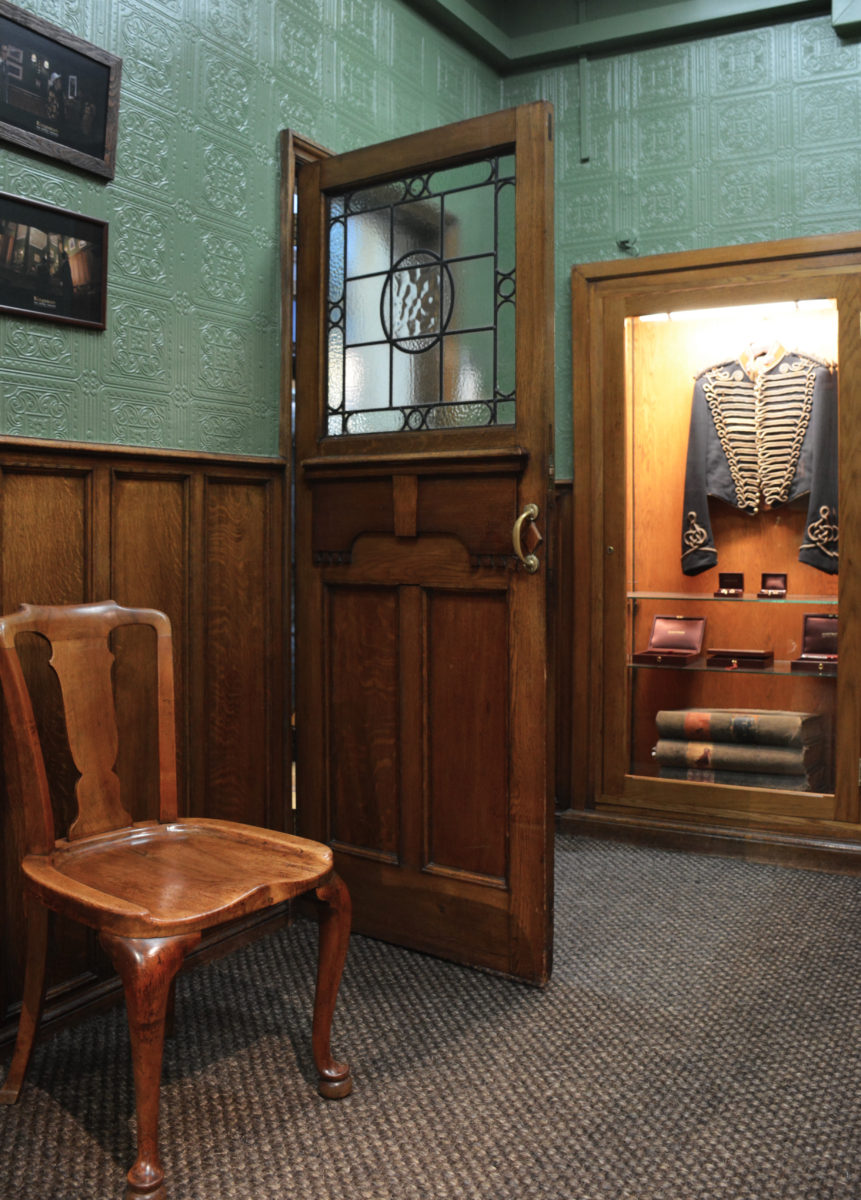
SC: What makes a pure bespoke suit special, compared to semi-bespoke?
DC: There are different versions of semi-bespoke, but for us we do a made to measure garment, which is for one thing, not hand made. It is produced in a factory, in England, but made based on our house block pattern. If you fit into that block pattern, well then, it’s going to serve you well, but the main thing is when we have a bespoke customer we take measurements from all over their body. As you can see from patterns hanging around here, every customer has their own patterns, which has got every nuance of their physique accounted for on that. It’s adjusted along the way; every time we do a fitting we adapt the pattern. It’s a very personal thing all the way through. All the suits we make bespoke are hand cut and hand stitched right on the premises here. We’ve got workshops upstairs and downstairs. The guys are all sitting there sewing by hand.
SC: Historically, your client base includes royalty and British officers. Would you say there is a typical Huntsman customer today?
DC: Not really now. It’s a very diverse range of people. We deal with everybody – royalty right through to rock stars, authors, businessmen and captains of industry. We have guys who save for many years. They’ll save money to come and buy a Huntsman suit. We treat them just as important as any other customer because it’s very significant to them. It’s very special. We want to be that way for them. The whole thing is an experience.
SC: Why do you think that Savile Row tailors are so well received in overseas markets?
DC: Craftsmanship and elegance is the key for English tailoring. Classic elegance: two key words. That’s what I certainly feel. That’s what I’m looking for in a suit when I’m making it. Not too fussy, just elegant.
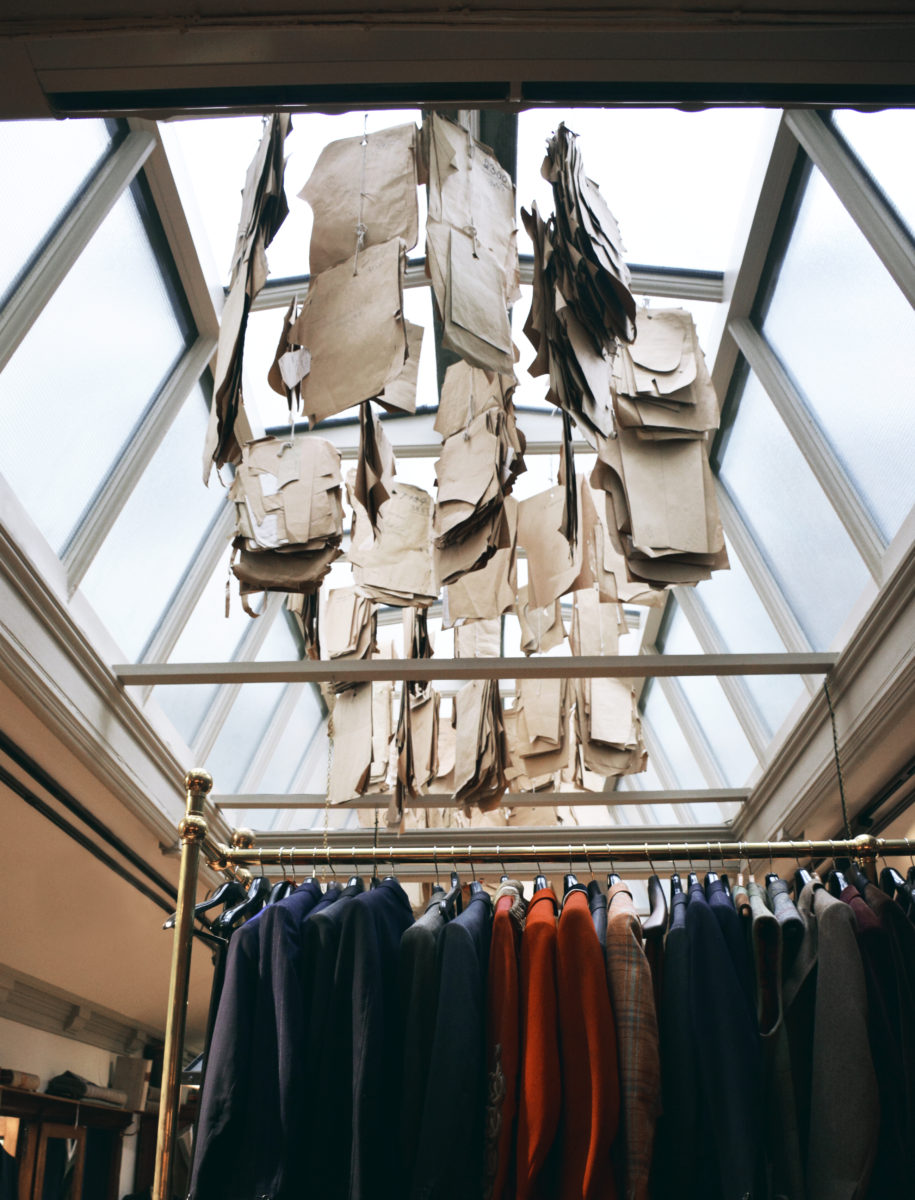
SC: What do you think has made Savile Row survive?
DC: It’s the craftsmanship. We’ve kept hold of that and that heritage. Also, the fact that we’ve had, to a certain extent, safety in numbers. We’re all here, and we’ve stuck together. We did start an association, The Savile Row Bespoke Association. It was the real bespoke tailors who stuck together and wanted to stay here. That’s helped. The fact that we’ve worked together. It is a community around here. That also helps us a lot. Everybody knows each other.
SC: How important is the quality of the fabric? Where do you source your fabric from?
DC: It’s very important. We mostly still use English fabrics. The wool is usually Australian wool, but milled in England. The tweed is from Scotland. We try to keep everything as British as possible, even down to the fabrics and internal workings of the coat.
SC: How did you get into this industry?
DC: My father is actually a bespoke shoemaker, and he works fairly close to here. I always knew about Savile Row, and I had an interest in clothes. It was always a very intimidating place for me, to walk along, because I used to come along here as a child sometimes. These were always very intimidating shops, but once you come in and look behind, they’re all good people. I like the camaraderie, the craftsmanship. It was always a craft I wanted to do. I was lucky enough to get offered an apprenticeship when I was quite young. I started an apprenticeship as a coat maker in Savile Row, and I’ve been here ever since, just worked my way up.
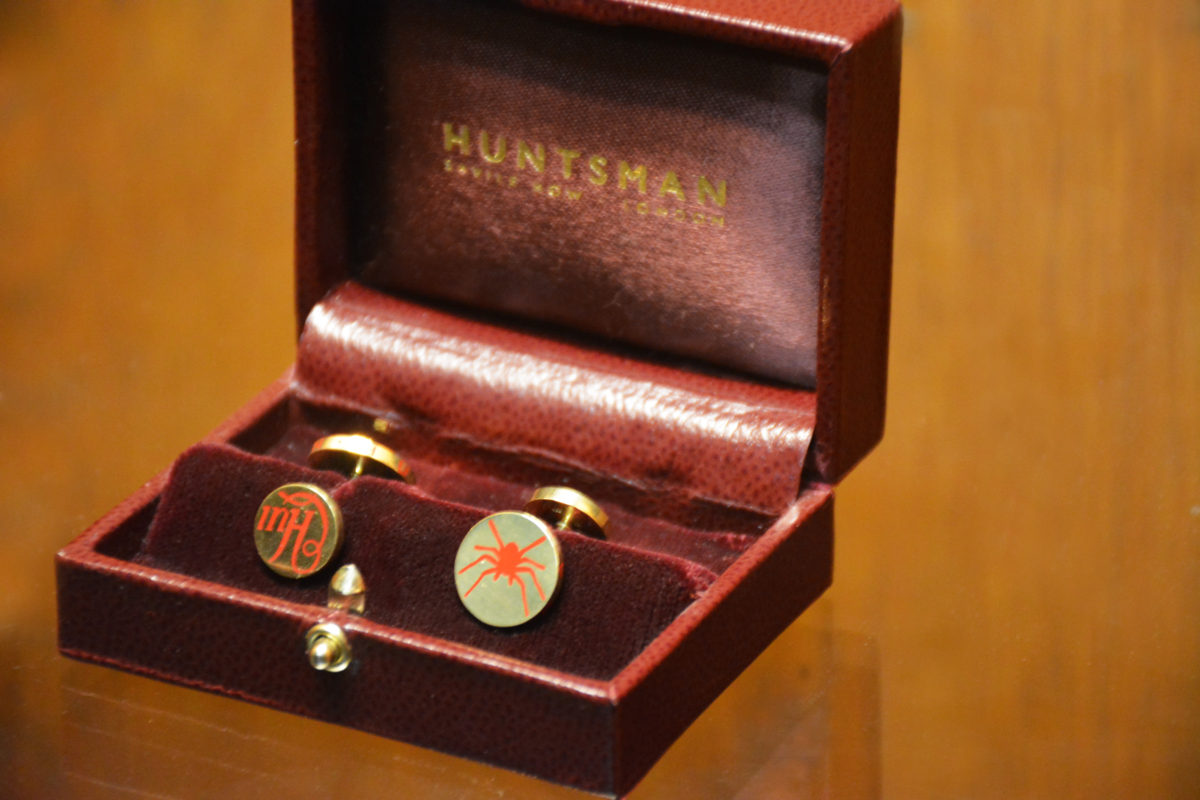
SC: How important is it for tailors to be based around Savile Row today and how do you feel about encroaching mass-market retailers? Is it impacting your market?
DC: To a degree, but I think it’s down to us to carry on what we do. That’s really what Savile Row has always been about. There’s never been any advertising around Savile Row. It was almost a dirty word around here. In years gone by, the windows would be frosted. You couldn’t see many garments hanging around. There never was really any photography allowed in the shops in those days. That almost created a mystique around it.
SC: What do you see for the future of Huntsman?
DC: It seems to be very healthy for us. We’re still as busy and getting busier actually. We’ve always travelled. My predecessors would travel over to the US on the Queen Mary by sea. It predates air travel, Huntsman going to the States especially. We travel all over the world now. We’re getting more known in Asia, the Middle East and Russia. It’s as popular as ever. Long may it continue. The good thing is now there seems to be a lot of young people who want to come and learn and are interested in what we do, which wasn’t always the case. It’s very healthy for the future.
SC: Do you have advice for somebody who is interested in working on Savile Row?
DC: It’s almost to the point of pestering people. You’ve got to really show passion. You’ve got to have passion to do this and to carry on doing it for a career. Otherwise, you’re not going to survive in the industry and develop as you should. You’ve got to have tenacity and drive and it’s something not everybody can do. You’re not going to learn this overnight, and you’ve got to accept that from the beginning. You’ve got to put a lot of time in it to get there. It’s practice. Talent is important, but practice as well.
I did a coat making apprenticeship for four years and learned some other garments after that. Then started on pattern cutting, which was probably another three or four years, so I would say eight to ten years in total of training. It’s one of those things that you’re always learning. Today I learn many things from many people. I’m always open to it. I’m always looking for ways to improve.
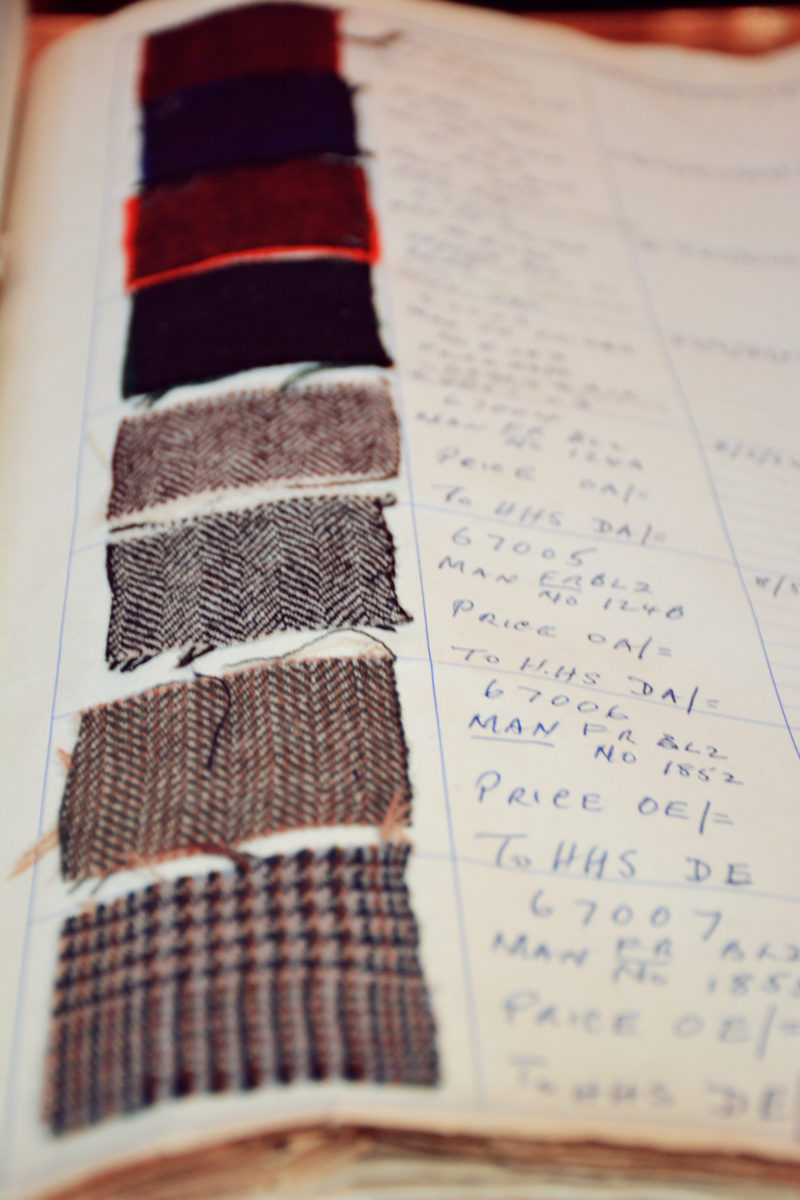
SC: Which area of London do you live in and what drew you there?
DC: I’m originally from East London, and I’ve moved further out into Essex. I commute from Liverpool Street. My father is Italian. My grandparents originally moved here from Italy and half his childhood was spent in Soho. That’s always been a special place. The West End is a gem, and it was always special to me. I spent half my life around here. It’s always had a big appeal.
SC: Favourite place to relax?
DC: Many places. Sometimes we go and have lunch in St. James Square. That’s a nice little peaceful spot.
SC: Are there any designers that you think are doing exciting things in London right now?
DC: We’ve done collaborations with a lot of designers through the years, but I don’t really follow fashion. We create one of pieces here. I know a chap who works a couple of stores down at McQueen. He does some fascinating clothes sometimes. It’s great from my perspective to see him doing almost experimental garments.
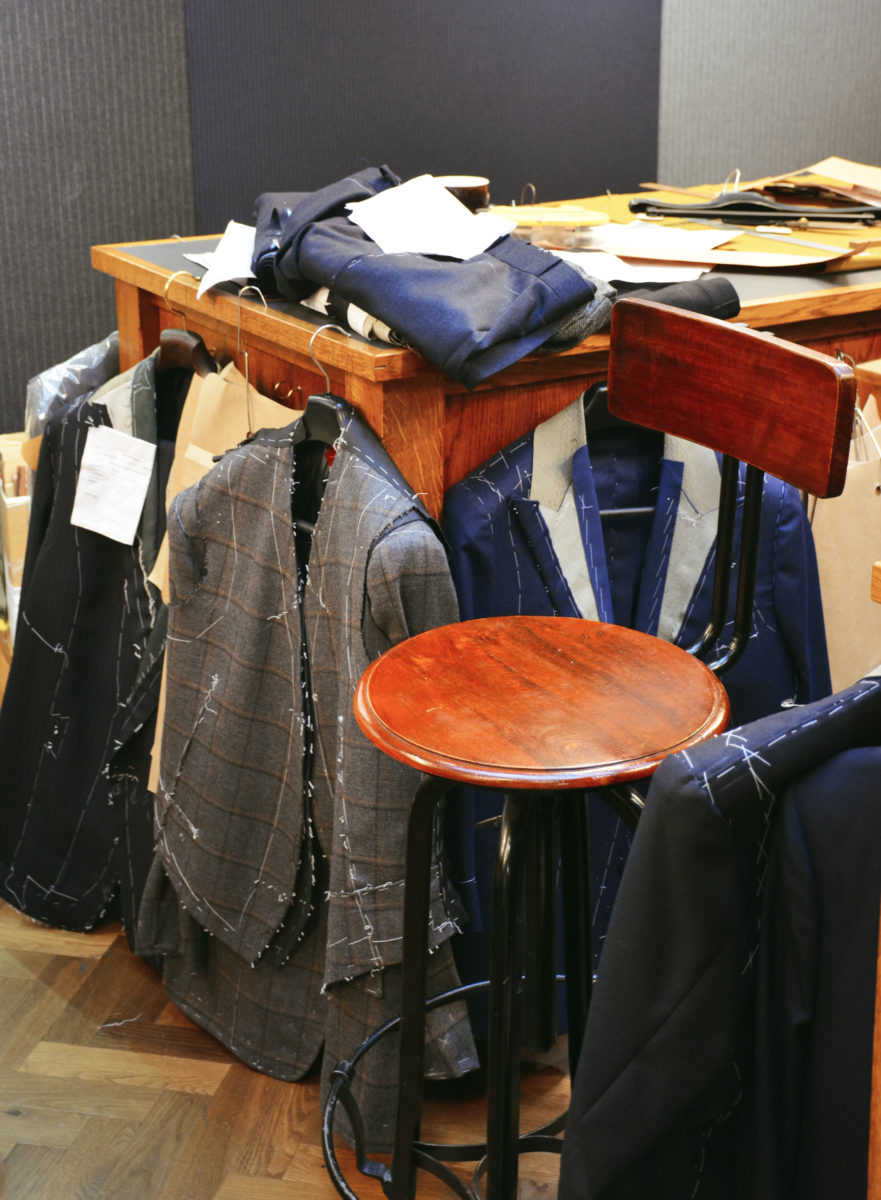
SC: Are there any collaborations you can talk about?
DC: A few years ago we did a collaboration with Alexander McQueen, and that was interesting. He designed a couple of coats. It was made for David Bowie actually. He created the designs and we made the garments here.
SC: Do you have any favourite retail spaces in London?
DC: This is one of my favourite spaces. I love this shop. I think if I was to want a shop of my own this is what it would look like. This is one of the things that people love about Huntsman, to come to the shop. It’s really important for people to come and see this and the history we’ve got here. I love the old shops.
SC: Favourite restaurant?
DC: I recently went to The Ivy Chelsea Garden. That was very nice. Took my wife there for dinner. We enjoyed that.
SC: Any place you like to travel to or would live in if not London?
DC: I travel to America a lot. I will say that my favourite city to visit there is San Francisco. Lovely place. I always feel very at home there.
Photography by Anne Vaandrager